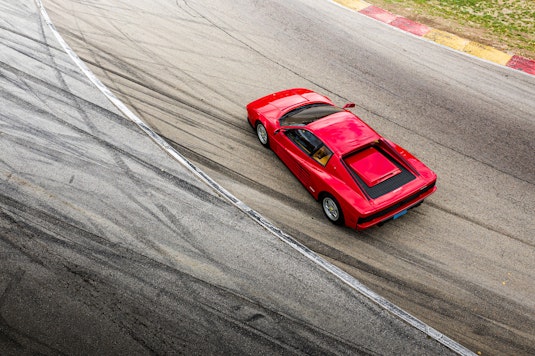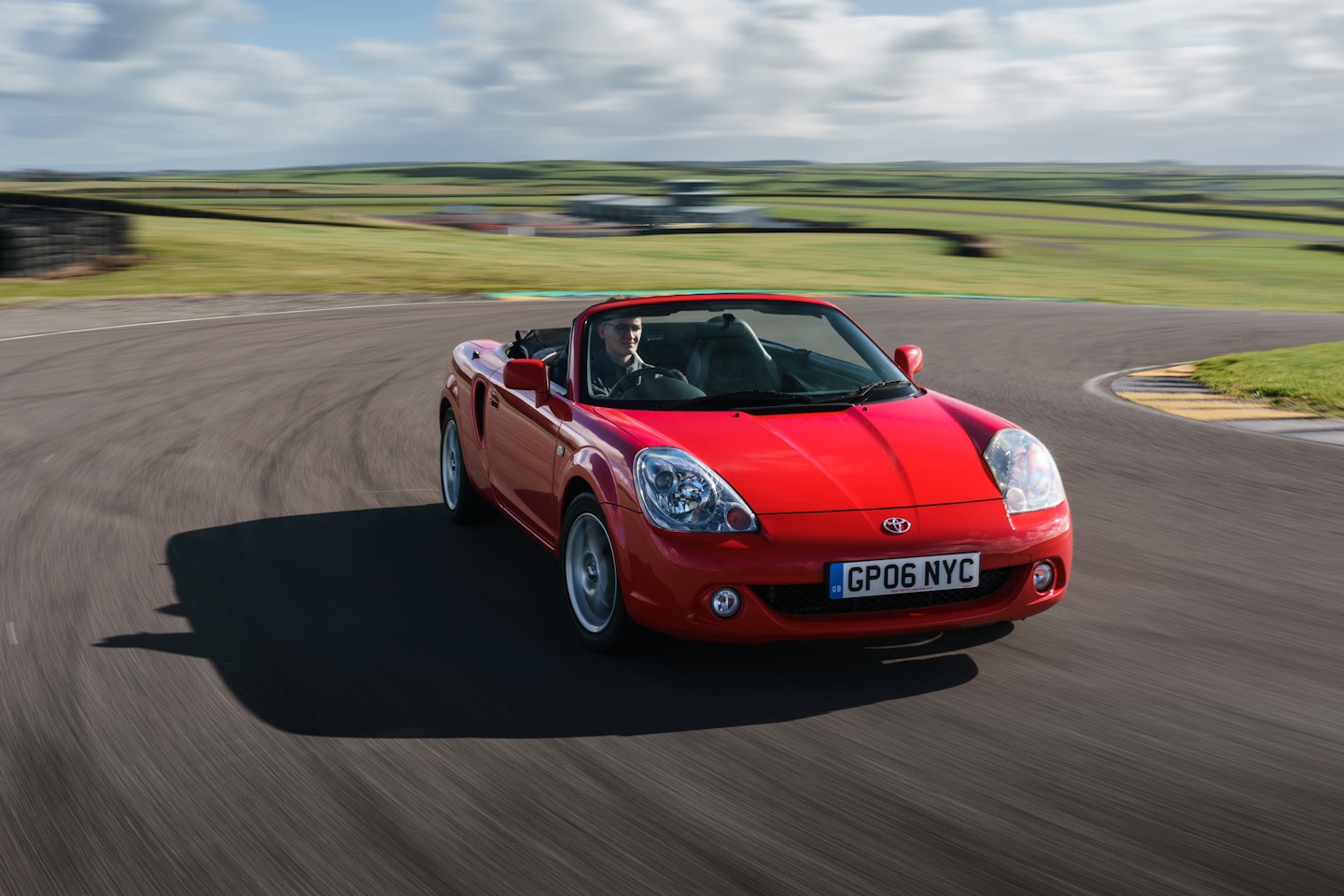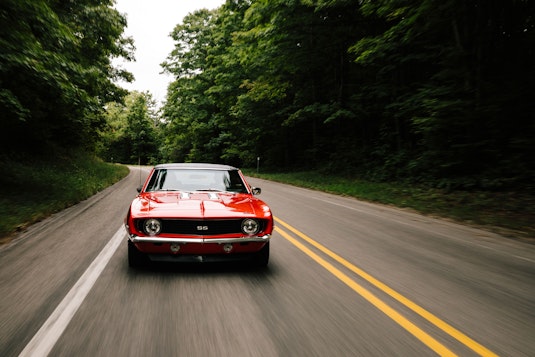When Buying a Vintage Can Be a Good Investment
Owning a cool vintage car should be its own reward: It’s fun to drive, it’s great to look at, and it comes with a global community of fellow enthusiasts built around it. (For example: check out the Hagerty community forums.)
As far as the monetary side of things, vintage cars can definitely be a good investment … depending on what car you choose and how well it’s maintained. Ideally, you’ll buy a car because you love the car itself, not the potential payoff down the line … but sometimes you can get lucky, and you get both.
No vintage car purchase is a 100% sure bet when it comes to increasing its value, though there are a few ways you can improve your chances when it comes to recouping your vehicular expenditures over the years...or at least keeping more money in your pocket.
What To Look For in an Investment
When Hagerty looks at what kinds of vehicles we think are going to have their vintage car value rise, we look at three groups: Niche cars awaiting their time to shine, the not-quite-forgotten favorites and the newer cars just starting to come out of their depreciation curve.
We’ve done some of the legwork for you with our annual Hagerty Bull Market report, where we lay out nearly a dozen vehicles we think are due for an upswing in the years to come. (Even better - there’s a UK version for 2021 as well.)
While vintage car value is never a sure thing until the checkbook comes out, what we look for can help you determine what you should look for. Our list features cars that had extremely limited runs (under 500 ever made, for example), a “first” in its category (like the first Jeep Grand Cherokee to get the SRT treatment) or cars aging into a new generation of enthusiasts (like the ever-so-80’s Ferrari Testarossa).
Sometimes, a car can be just plain weird enough to be desirable again, like the camping-friendly Volkswagen Vanagon. It’s not fast, it wasn’t originally that expensive, but it’s having a bit of a renaissance just thanks to its fun, quirky styling.

Be Aware Of Extra Expenditures
When you decide on a collectible auto to add to your portfolio, remember that the price you pay to get the car in your garage is just one factor. There are a lot of other things to spend your money on beyond that, which will cut into your take when you decide to sell.
Regular maintenance of your vehicle is a must - the further you get from mint condition, the less value your car commands - and percentages like transporting your car to a private sale or the cost of an auction commission all get sliced off the top. (And don’t forget the capital gains tax at the end of the fiscal year.)
Per Marketwatch, that could add up to 25% of the total sale price. So even if your investment recoups and exceeds your initial payment, be aware that it takes money to make money in the vintage car investment game.
Speaking of...
“The best way to make a million dollars…”
“...is to start by spending four million,” or at least that’s how the saying we’ve heard goes. But it’s true - the best way to ensure a return on your classic car is to spend a lot of money on one at the outset. The likelihood of that $20,000 Chevelle of your neighbor’s dramatically jumping up in value is pretty low, but if you are spending seven figures on something from Jay Leno’s garage, that’s a bit more of a sure thing.
Want to Learn More About Classic Car Values?
In addition to the Bull Market Report, Hagerty has created a variety of valuation tools and market indices to show you what prices are on the way up (sell!) and what cars are coming down in price (buy!) - we’ve got data on Ferraris, Blue Chip classics, German Collectibles and more. If you’re looking to get into the market as an investment, this is a good place to start.

